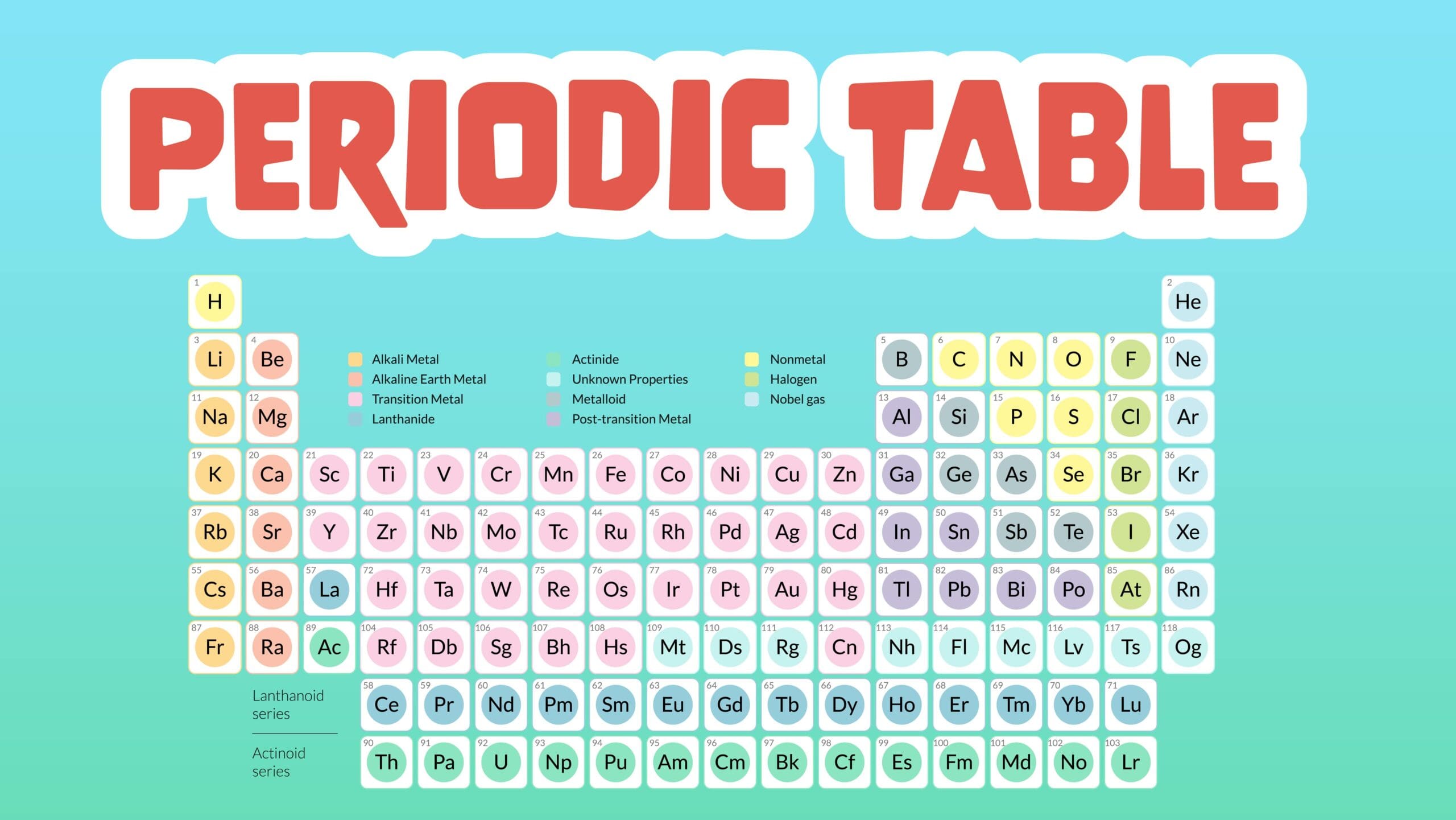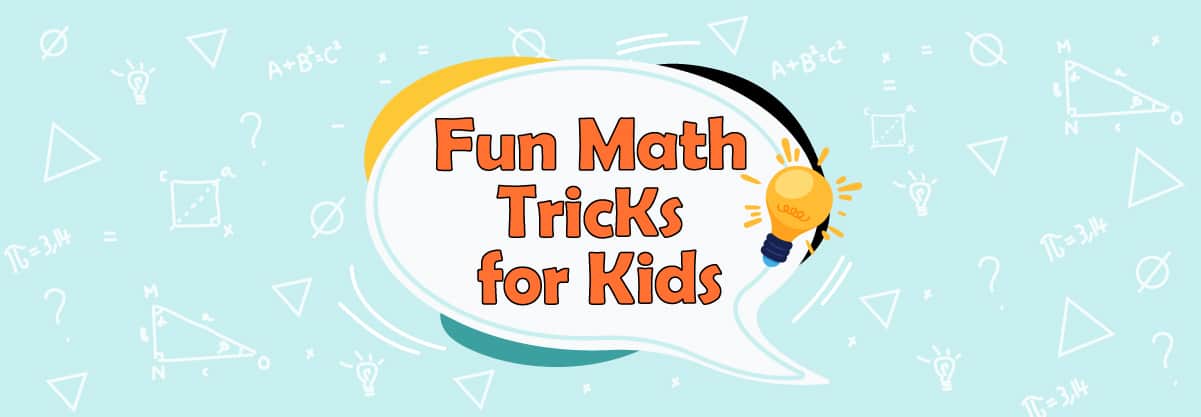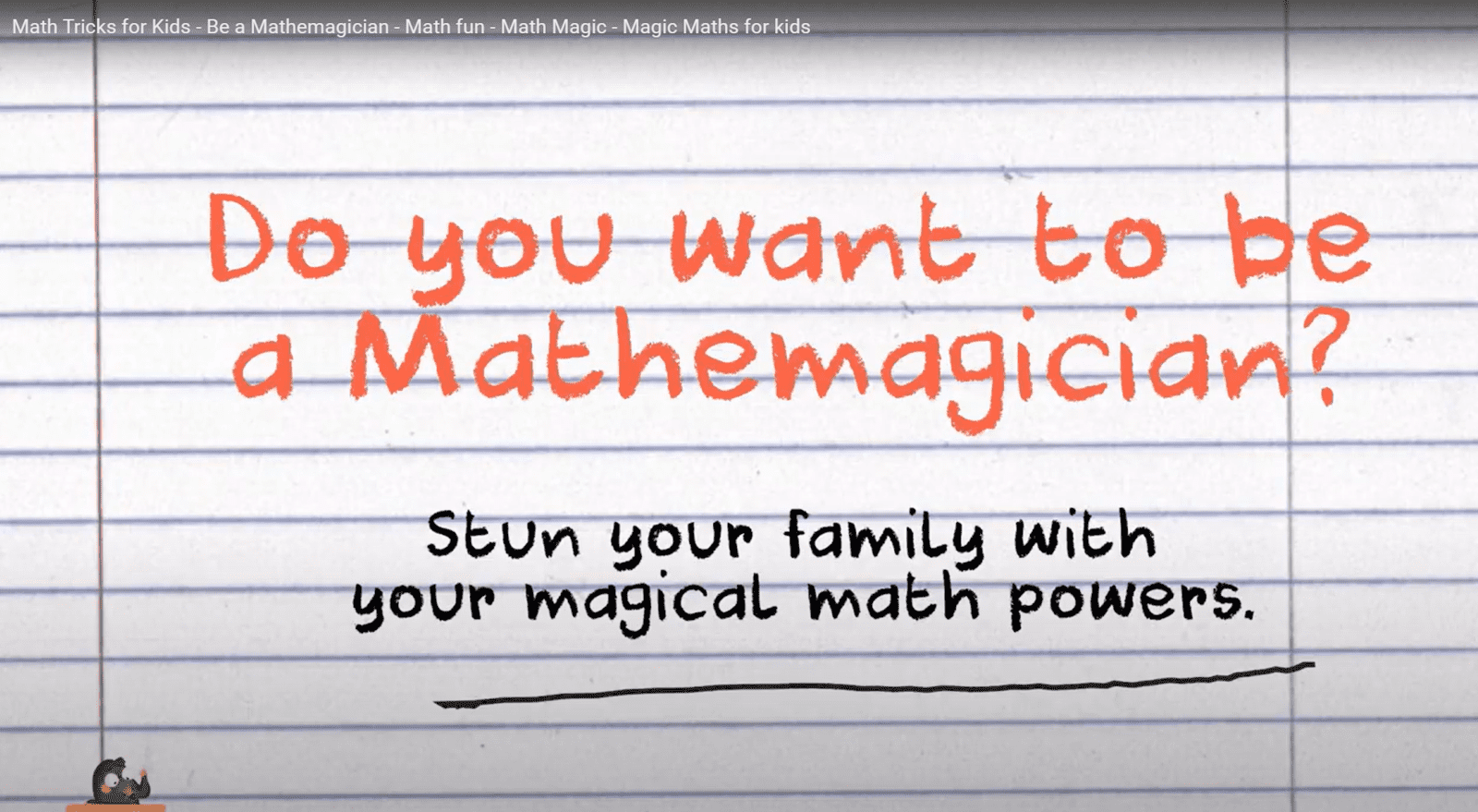
Magic Math Tricks with LearningMole
Table of Contents
Magic maths Tricks are a great way to help develop those mental math skills and, at the same time, develop your child’s independence and understanding of 4-number operations. Explore addition, subtraction, multiplication and division calculations using calculators and simple magic math tricks. A really enjoyable video which encourages your child to begin making mathematical connections and become a mathemagician.
LearningMole focuses on educating children of all ages. We offer advice and practical, interactive ideas to help parents challenge, homeschool, teach and develop their children’s skills at home.
Help your children to explore the key concepts of numbers, counting, addition, subtraction, multiplication and division in maths. Spelling, reading, writing, and grammar in English. Help them to develop their imagination and creativity with crafts and to explore a range of skills to cook, bake and create tasty treats and snacks.
Practising the kid’s mental math usually happens this way, depending on the numbers, playing games and solving puzzles, and this usually helps the child to understand the mathematical operations and know how to do them correctly without any errors.
There are lots of tricks in general that the kids could depend on to become mathematicians and play with the numbers; you could also check this video and learn more logic puzzles and at the same time manage to do some challenges:
Logic puzzles are those simple math tricks which kids play to show their friends some magic with numbers and just let them go “WOW”. Let us take you through one of these tricks journeys and teach your kids a new trick to practice and try with their friends and family members.
The idea behind these puzzles and tricks is all about writing down the final answer, which will come out in a piece of paper and sealing this paper to add more suspense to the game. The kid will then ask his/her friend to go through some steps which he/she is going to provide and they will find their answer in that paper.
Inspire your child’s Creativity with Math Tricks.

Brain teasers, math games, logic puzzles; these are all names given to those mind tricks that are done and played with numbers in order to learn math in a fun way and give the kids more self-confidence for the tricks they are doing and the right answers and calculations at the end.
Math is best taught and learned through tricks, games and puzzles because they end up being some challenges for the kids which they love to keep up with and end up solving the whole thing while being the winners. It is important to depend on these different games, tricks and puzzles to give the kids the chance to develop their thinking skills as well since they will be trying to solve the equation, deal with the provided materials, etc.
The tips we want to offer to the kids when it comes to these tricks is to make sure that the person they are playing with is not giving the answers out until the end of the game, and at the same time the kid should either seal the answer and place it for later reveal or else say it at the end.
Parents should never worry because practicing will help the kids to eventually learn and they might take some time but this is considered acceptable because kids are different and the time they will take might differ from one to the other.
Easy-to-follow activities will support you and your children to learn and practice new concepts as well as enjoy spending time together. Help them to develop their imagination and creativity, Help your children to progress and explore and most importantly – have fun!
Benefits of Math Magic Tricks: Unlocking the Magic of Learning
Math magic tricks aren’t just about smoke and mirrors – they offer a surprisingly powerful tool for unlocking the joy and wonder of learning in young minds. Here’s why you should consider incorporating them into your math teaching arsenal:
Engaging and Motivating:
Transform learning: Move away from rote memorization and drills. Tricks spark curiosity, intrigue, and a desire to understand the “how” behind the magic.
Gamification of learning: Introduce a playful element, making math feel less like a chore and more like a fun and engaging experience.
Positive associations: When learning is fun, children develop positive associations with math, fostering a lifelong love of the subject.
Strengthening Math Skills:
Conceptual understanding: Tricks often demonstrate math concepts in a concrete and visual way, helping children grasp them beyond memorization.
Developing mental math skills: Many tricks involve quick calculations and estimations, building fluency and mental agility.
Problem-solving and critical thinking: Figuring out the “secret” behind a trick encourages critical thinking and problem-solving skills.
Supporting Overall Development:
Attention and focus: Performing tricks requires concentration and following instructions, enhancing focus and attention span.
Memory and recall: Remembering sequences and patterns used in tricks improves memory and recall skills.
Confidence and self-esteem: Successfully performing a trick boosts confidence and self-esteem, making children more willing to tackle math challenges.
Social interaction: Collaborative learning and sharing magic tricks with friends foster communication and social interaction skills.
Tricks for Different Ages and Concepts
Preschool (3-5 years old):
Magic Counting Beans: Hide a certain number of beans in your hand and ask children to guess how many by adding beans on a table until they match the hidden ones. (Addition)
Shape Sorting Mystery: Divide shapes into two bags, tell children one bag contains only squares and the other only circles. Blindfold them and have them pick a shape, revealing its opposite shape from the other bag. (Shape recognition)
Fruitful Subtraction: Let children hide fruit under cups, remove some while they’re not looking, and ask them to use subtraction to guess how many remain. (Subtraction)
Elementary (6-8 years old):
Multiplication Mastermind: Write a secret number on a board and multiply it by various numbers chosen by children. Subtract the products from the secret number, revealing the original number through multiplication patterns. (Multiplication)
Fraction Fun with Pizza: Cut a pizza into different fractional parts and ask children to identify equal shares, compare fractions, and add or subtract fractions based on toppings. (Fractions)
Mental Math Maze: Draw a maze on the floor with numbers at each turn. Children roll a die, add/subtract the number to their current position, and use mental math to navigate the maze. (Addition, subtraction, mental math)
Middle School (9-12 years old):
Coin Conundrum: Ask children to choose a combination of coins (e.g., 3 dimes, 2 nickels) with a specific value. You create the same value with different coins, demonstrating equivalent fractions and flexibility in problem-solving. (Equivalent fractions)
Area and Perimeter Illusion: Use cards of different sizes to form rectangles with equal areas but different perimeters, challenging children’s understanding of these concepts. (Area, perimeter)
Probability Potions: Create “potions” with different colored water representing probabilities (e.g., red = success, blue = failure). Mix them based on probabilities and have children predict the resulting color, introducing probability concepts. (Probability)
Variety of Math Topics:
Remember, you can adapt these tricks and create new ones to cover various math concepts:
Geometry: Use origami tricks to explore geometric shapes and their properties.
Patterns and sequences: Create magic squares or number pyramids to showcase patterns and numerical relationships.
Measurement: Perform tricks involving estimating distances, weights, or capacities, highlighting measurement concepts.
Logic and reasoning: Design tricks based on riddles, puzzles, or syllogisms to challenge logical thinking and deduction skills.
DIY Magic Math Tricks: Crafting Fun and Learning
Transform your home or classroom into a mini-magic show with these simple DIY elements for math magic tricks:
Materials:
Everyday items: Cardboard boxes, paper, cups, coins, buttons, string, rubber bands, markers, scissors, glue.
Upcycled materials: Egg cartons, bottle caps, yogurt containers, fabric scraps, popsicle sticks.
Math manipulatives: Counting blocks, beads, place value blocks, fraction discs (or make your own!).
Tricks and Props:
Preschool:
Magic Bean Bag: Decorate a small bag and hide a specific number of beans inside. Ask children to guess the number by adding beans from a pile until they match the hidden ones. (Addition)
Shape Shifters: Draw different shapes on cardboard squares. Cut slits in the squares and connect them with string to create a “shape shifting” box. Children can manipulate the string to change the shapes, reinforcing shape recognition.
Color-Coded Cups: Paint cups with different colors and assign each color a number value. Hide objects under the cups and ask children to subtract the value of the revealed color from the total number to find the remaining objects. (Subtraction)
Elementary:
Multiplication Spinner: Decorate a circle cardboard cutout with numbers and multiplication symbols. Attach a spinner in the center. Children spin and multiply the numbers landed on, practicing multiplication tables.
Fraction Pizza: Cut a pizza out of cardboard and divide it into fractional sections using markers. Children can use real or drawn toppings to represent equivalent fractions, compare fractions, and add/subtract by manipulating the pizza pieces.
Number Maze: Draw a maze on a large piece of cardboard with numbers at each turn. Children roll a die, add/subtract the number to their current position, and move their token through the maze using mental math. (Addition, subtraction, mental math)
Middle School:
Coin Conundrum Box: Cut a slit in a box and decorate it. Write a secret number on a hidden piece of paper inside. Children choose coins with specific values, add them up, and drop them through the slit. You reveal the secret number without knowing their choices, demonstrating equivalent fractions.
Perimeter Paradox: Cut cardboard squares and rectangles with equal areas but different perimeters. Show how changing shapes affects perimeter while keeping area constant, challenging children’s understanding.
Probability Potions: Use different colored water bottles to represent probabilities (e.g., red = success, blue = failure). Create “potions” by mixing water in specific ratios based on probabilities. Children predict the resulting color, introducing probability concepts.
Remember:
-Encourage creativity! Let children personalize their props and invent their own tricks.
-Adapt the difficulty by changing numbers, materials, or complexity of calculations.
-Use the tricks as springboards for deeper discussions about the underlying math concepts.
-Most importantly, have fun and celebrate the magic of learning math through hands-on activities!
Tech Tools for Magical Math Learning: Apps, Websites, and Interactive Tricks
In today’s tech-savvy world, integrating technology can further enhance the learning experience with math magic tricks. Here are some ways to incorporate tech tools for an engaging and educational adventure:
Interactive Apps:
Animated Magic Shows: Apps like “Math Tricks for Kids” or “Magic Math Cosmos” showcase animated magic tricks that visually explain math concepts like addition, subtraction, multiplication, and fractions. Children can interact with the animations, solving problems and learning at their own pace.
Augmented Reality (AR) Experiences: Apps like “AR Number Line” or “Magic Math AR” utilize AR technology to superimpose interactive magic tricks onto real-world environments. Children can scan objects, perform virtual tricks, and see math concepts come to life in a captivating way.
Game-Based Learning: Apps like “Number Magic Pro” or “Math Magician Challenge” gamify magic tricks, transforming them into engaging challenges. Children solve problems, collect points, and progress through levels, boosting their math skills and motivation.
Educational Websites:
Interactive Magic Trick Activities: Websites like “PBS Kids” or “National Geographic Kids” offer online tools where children can perform virtual magic tricks using manipulatives and digital tools. They can add, subtract, multiply, or manipulate fractions while completing the tricks, reinforcing these concepts in an interactive way.
Step-by-Step Magic Trick Tutorials: Websites like “Math Playground” or “Splashlearn” offer video tutorials showcasing math magic tricks with clear explanations. Children can learn the sequence, understand the underlying math, and even adapt the tricks to create their own magic.
Magic Trick Challenges and Contests: Online communities like “MagicSchool.net” or educational forums dedicated to math magic tricks offer challenges and contests. Children can learn new tricks, share their own creations, and engage with other young magicians, fostering creativity and collaboration.
Interactive Tools:
Smart Toys with Magic Trick Features: Toys like “Osmo Math Wizard” or “Number Rock” combine physical manipulatives and interactive magic tricks on tablets. Children can perform physical counting tricks, build towers, and use virtual tools, promoting hands-on learning and spatial reasoning.
Smart Whiteboards and Interactive Displays: Utilizing these tools in classrooms allows teachers to create and manipulate digital magic tricks, demonstrating math concepts in a captivating way. Children can interact with the tricks together, visualize concepts, and learn collaboratively.
Touchscreen Manipulatives and Virtual Magic Kits: Apps like “Number Line Manipulatives” or “TouchMath” offer virtual magic kits with interactive number lines and props. Children can directly interact with the elements, perform digital tricks, and explore math concepts at their own pace.
FAQ
What are the benefits of using math magic tricks for learning?
Math magic tricks offer a fun and engaging way to:
- Spark curiosity and motivation: They make learning math less like a chore and more like an exciting adventure.
- Strengthen math skills: Tricks often demonstrate concepts visually, promoting understanding and fluency in areas like addition, subtraction, multiplication, and fractions.
- Develop critical thinking and problem-solving: Figuring out the “secret” behind a trick encourages children to think critically and solve problems in a creative way.
- Build confidence and self-esteem: Successfully performing a trick boosts confidence and makes children more willing to tackle math challenges.
What age groups are these tricks suitable for?
The tricks mentioned in this article can be adapted for children of all ages, from preschoolers to middle schoolers. Choose tricks that align with their developmental stage and learning needs.
How can I integrate technology into math magic tricks?
Consider educational apps, interactive websites, AR experiences, smart toys, and touchscreen manipulatives. Remember to choose age-appropriate options, set screen time limits, and supervise children while using technology.
What if my child has special needs?
This article provides tips for adapting activities based on learning styles and abilities. Consider collaborating with professionals to develop personalized learning plans that incorporate math magic tricks.
Where can I find more resources for math magic tricks?
Educational websites, libraries, toy stores, and online forums offer a wealth of resources, including printable props, video tutorials, and even online communities dedicated to math magic.
Conclusion
Math magic tricks offer a unique and powerful way to transform learning from a mundane experience into a journey of discovery, wonder, and excitement. By incorporating these tricks into your teaching or at-home learning activities, you can ignite a spark in children’s minds, encouraging them to explore the magic of math with curiosity, creativity, and a deeper understanding. Remember, the real magic lies not just in the tricks themselves, but in the learning journey they inspire. So, unleash your inner math magician and watch as your child embarks on a magical adventure of mathematical exploration!
Have you found this interesting? Come and check our maths articles: Multiplication Tricks, Lego Math Games for Kids, and Fun Math Games.



Leave a Reply